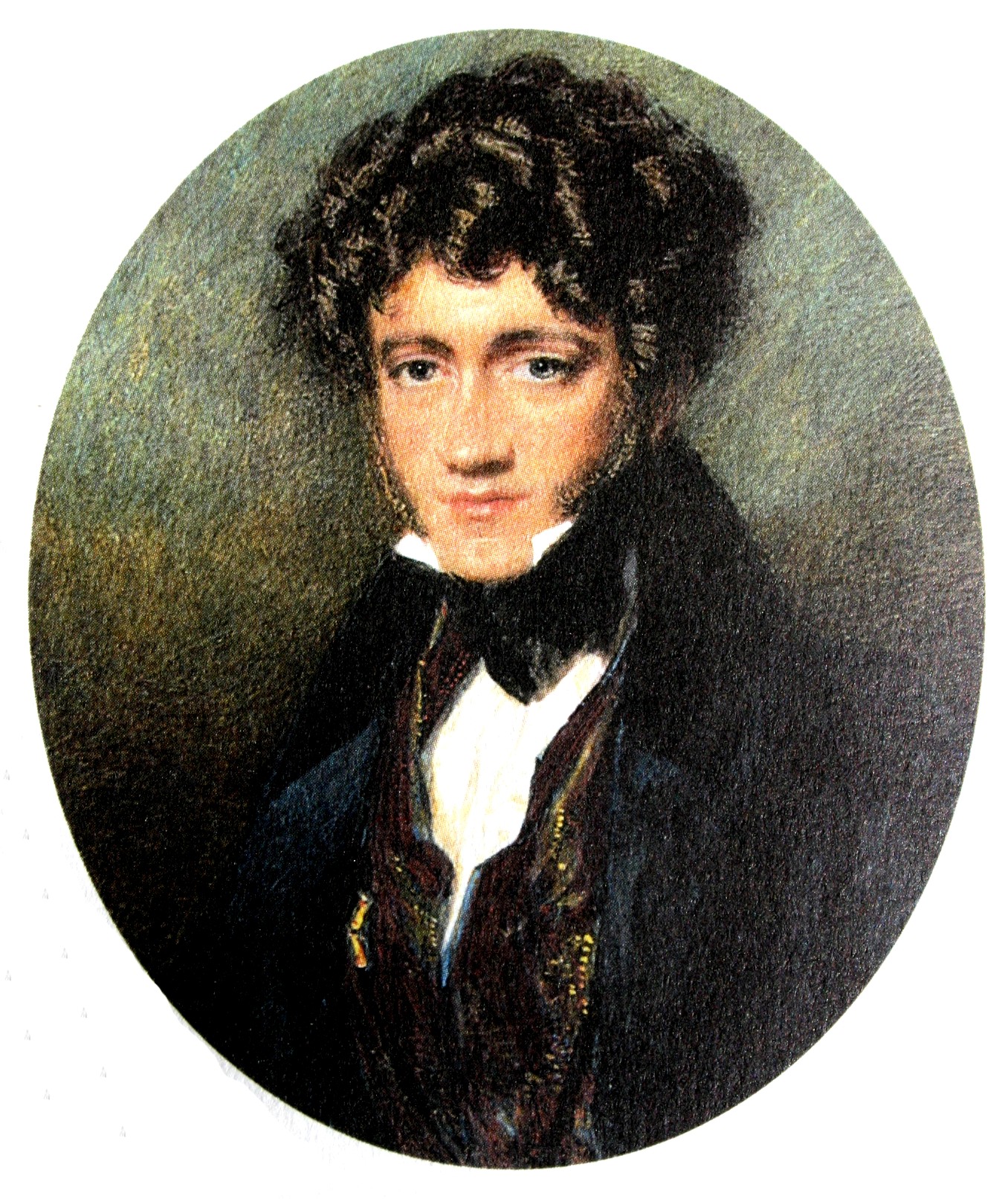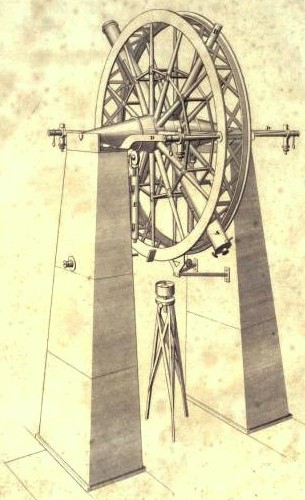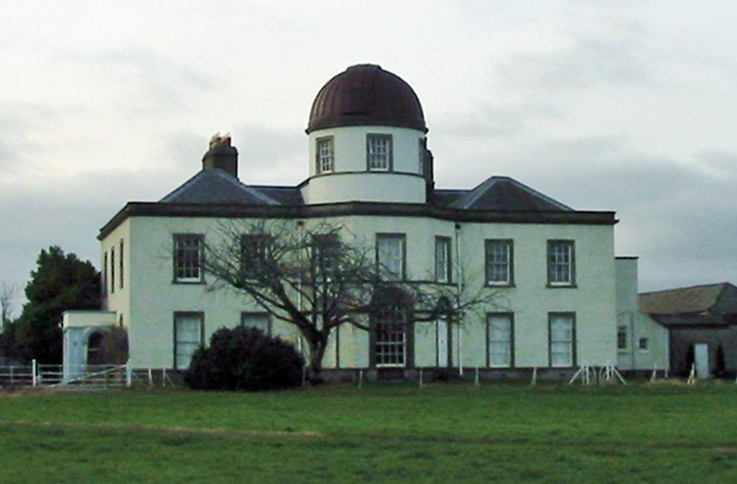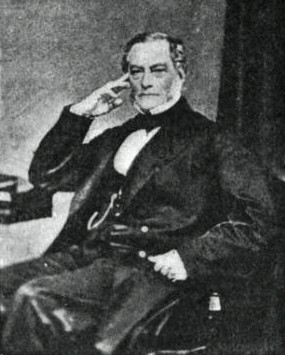|
James South
Sir James South (October 1785 – 19 October 1867) was a British astronomer. He was a joint founder of the Astronomical Society of London, and it was under his name, as President of the Society in 1831, that a petition was successfully submitted to obtain a Royal Charter, whereupon it became the Royal Astronomical Society. Life He was born in Southwark in London in October 1785, the son of James South, a pharmaceutical chemist. John Flint South was his younger half-brother. He originally trained as a chemist, then as a surgeon, but his interests in astronomy overtook all things. In 1821 he was elected a Fellow of the Royal Society of London and in 1822 a Fellow of the Royal Society of Edinburgh his proposer being Edward Troughton. He won the Copley Medal in 1826 and the Gold Medal of the Royal Astronomical Society in that same year. He was knighted by King William IV in 1831. Starting around 1826, James South made plans for a new, larger telescope, an equatorially mou ... [...More Info...] [...Related Items...] OR: [Wikipedia] [Google] [Baidu] |
Fellow Of The Royal Society
Fellowship of the Royal Society (FRS, ForMemRS and HonFRS) is an award granted by the Fellows of the Royal Society of London to individuals who have made a "substantial contribution to the improvement of natural science, natural knowledge, including mathematics, engineering science, and medical science". Overview Fellowship of the Society, the oldest known scientific academy in continuous existence, is a significant honour. It has been awarded to :Fellows of the Royal Society, around 8,000 fellows, including eminent scientists Isaac Newton (1672), Benjamin Franklin (1756), Charles Babbage (1816), Michael Faraday (1824), Charles Darwin (1839), Ernest Rutherford (1903), Srinivasa Ramanujan (1918), Jagadish Chandra Bose (1920), Albert Einstein (1921), Paul Dirac (1930), Subrahmanyan Chandrasekhar (1944), Prasanta Chandra Mahalanobis (1945), Dorothy Hodgkin (1947), Alan Turing (1951), Lise Meitner (1955), Satyendra Nath Bose (1958), and Francis Crick (1959). More recently, fellow ... [...More Info...] [...Related Items...] OR: [Wikipedia] [Google] [Baidu] |
Edward Troughton
Edward Troughton (October 1753 – 12 June 1835) was a British instrument maker who was notable for making telescopes and other astronomical instruments. Life Troughton was born at Corney, Cumberland, the youngest of six children to Francis Troughton, a husbandman on a farm, and his wife, Mary Stable. Originally raised to tend animals, Edward went to London in 1773. He then served an apprenticeship with his uncle, John Troughton (b.c.1716) alongside his elder brother, also John Troughton, and in 1779 he became his business partner and soon established himself as the top maker of navigational, surveying and astronomical instruments in Britain. They were based at 136 Fleet Street in central London. Their shop was called the "Sign of the Orrery". In 1795 he delivered what is now known as the Troughton Equatorial telescope to the Armagh Observatory, a 2-inch aperture refractor telescope mounted equatorially, and its first major instrument since its founding in 1790 (It survive ... [...More Info...] [...Related Items...] OR: [Wikipedia] [Google] [Baidu] |
John Herschel
Sir John Frederick William Herschel, 1st Baronet (; 7 March 1792 – 11 May 1871) was an English polymath active as a mathematician, astronomer, chemist, inventor and experimental photographer who invented the blueprint and did botanical work. Herschel originated the use of the Julian day system in astronomy. He named seven moons of Saturn and four moons of Uranus – the seventh planet, discovered by his father Sir William Herschel. He made many contributions to the science of photography, and investigated colour blindness and the chemical power of ultraviolet rays. His ''Preliminary Discourse'' (1831), which advocated an Inductive reasoning, inductive approach to scientific experiment and theory-building, was an important contribution to the philosophy of science. Early life and work on astronomy Herschel was born in Slough, Buckinghamshire, the son of Mary Baldwin and astronomer Sir William Herschel. He was the nephew of astronomer Caroline Herschel. He studied short ... [...More Info...] [...Related Items...] OR: [Wikipedia] [Google] [Baidu] |
Highgate Cemetery
Highgate Cemetery is a place of burial in North London, England, designed by architect Stephen Geary. There are approximately 170,000 people buried in around 53,000 graves across the West and East sides. Highgate Cemetery is notable both for some of the people buried there as well as for its ''de facto'' status as a nature reserve. The Cemetery is designated Grade I on the Register of Historic Parks and Gardens. Location The cemetery is in Highgate N6, next to Waterlow Park, in the London Borough of Camden. It comprises two sides, on either side of Swain's Lane. The main gate is on Swain's Lane, just north of Oakshott Avenue. There is another, disused, gate on Chester Road. The nearest public transport (Transport for London) is the C11 bus, Brookfield Park stop, and Archway tube station. History and setting The cemetery in its original formthe northwestern wooded areaopened in 1839, as part of a plan to provide seven large, modern cemeteries, now known as the " Magnificent ... [...More Info...] [...Related Items...] OR: [Wikipedia] [Google] [Baidu] |
Kensington
Kensington is an area of London in the Royal Borough of Kensington and Chelsea, around west of Central London. The district's commercial heart is Kensington High Street, running on an east–west axis. The north-east is taken up by Kensington Gardens, containing the Albert Memorial, the Serpentine Gallery and John Hanning Speke, Speke's monument. South Kensington and Gloucester Road, London, Gloucester Road are home to Imperial College London, the Royal College of Music, the Royal Albert Hall, Natural History Museum, London, Natural History Museum, Victoria and Albert Museum, and Science Museum, London, Science Museum. The area is also home to many embassies and consulates. Name The Manorialism, manor of ''Chenesitone'' is listed in the Domesday Book of 1086, which in the Old English language, Anglo-Saxon language means "Chenesi's List of generic forms in place names in Ireland and the United Kingdom, ton" (homestead/settlement). One early spelling is ''Kesyngton'', as wri ... [...More Info...] [...Related Items...] OR: [Wikipedia] [Google] [Baidu] |
Stephen Groombridge
Stephen Groombridge FRS (7 January 1755 – 30 March 1832) was a British merchant and astronomer. Life He was born at Goudhurst in Kent on 7 January 1755. He succeeded when about 21 to the business in West Smithfield of a linen draper named Greenland, to whom he had been apprenticed. Later, and until 1816, he was a successful West India merchant. He lived mainly at Goudhurst, where he built a small observatory; but moved to Blackheath in 1802. In 1806, using a then new transit circle built by Edward Troughton, he began compiling a star catalogue of stars down to about eighth or ninth magnitude. He spent ten years making observations on the Groombridge Transit Circle and another ten years doing reductions of the data (correcting for refraction, instrument error and clock error). In 1827 he suffered a "severe attack of paralysis" from which he never fully recovered. Others continued the work, continuing with corrections for aberration and nutation among others. Groombridge ... [...More Info...] [...Related Items...] OR: [Wikipedia] [Google] [Baidu] |
Groombridge Transit Circle
Groombridge Transit Circle was a meridian transit circle made by Edward Troughton for the English astronomer Stephen Groombridge in 1806, which Groombridge used to compile data for the star catalogue, ''Catalogue of Circumpolar Stars''. The advantage of a transit circle over a mural circle (which can measure polar distances) is that it allows measuring right ascension and declination at the same time. It had an aperture of 3.5 inches and a 5-foot focal length, mounted inside two 4 foot circles on stone piers. Groombridge used the instrument to determine the positions of over 4000 circumpolar stars. It was eventually bought by James South Sir James South (October 1785 – 19 October 1867) was a British astronomer. He was a joint founder of the Astronomical Society of London, and it was under his name, as President of the Society in 1831, that a petition was successfully subm ..., and it remained at his observatory at Kensington until 1870. See also * Groombridge 1830 ... [...More Info...] [...Related Items...] OR: [Wikipedia] [Google] [Baidu] |
Great Refractor
Great refractor refers to a large telescope with a lens, usually the largest refractor at an observatory with an equatorial mount. The preeminence and success of this style in observational astronomy defines an era in modern telescopy in the 19th and early 20th century. Great refractors were large refracting telescopes using achromatic lenses (as opposed to the mirrors of reflecting telescopes). They were often the largest in the world, or largest in a region. Despite typical designs having smaller apertures than reflectors, great refractors offered a number of advantages and were popular for astronomy. It was also popular to exhibit large refractors at international exhibits, and examples of this include the Trophy Telescope at the Great Exhibition, 1851 Great Exhibition, and the Yerkes Great Refractor at the World's Columbian Exposition, 1893 World's Fair in Chicago. A great refractor was often the centerpiece of a new 19th century observatory, but was typically used with an en ... [...More Info...] [...Related Items...] OR: [Wikipedia] [Google] [Baidu] |
Dunsink Observatory
The Dunsink Observatory is an astronomical observatory established in 1785 in the townland of Dunsink in the outskirts of the city of Dublin, Ireland. Alexander Thom''Irish Almanac and Official Directory''7th ed., 1850 p. 258. Retrieved: 2011-02-22. Dunsink's most famous director was William Rowan Hamilton, who, amongst other things, discovered quaternions, the first non-commutative algebra form, while walking from the observatory to the city with his wife. The annual Hamilton Walk that commemorates this discovery begins at the observatory. He is also renowned for his Hamiltonian formulation of dynamics. History The observatory was established by an endowment of £3,000 in the will of Francis Andrews, who was Provost of Trinity College Dublin at his death on 18 June 1774. The site was established on the south slope of a low hill in the townland of Dunsink, 84m above sea level. The South Telescope, a 12-inch Grubb instrument, is a refracting (i.e. it uses lens) telescope ... [...More Info...] [...Related Items...] OR: [Wikipedia] [Google] [Baidu] |
Thomas Grubb
Thomas Grubb (4 August 1800 – 16 September 1878) was an Irish optician and founder of the Grubb Telescope Company. He was born near Portlaw, County Waterford, Ireland, the son of William Grubb Junior, a prosperous Quaker farmer and his second wife, Eleanor Fayle. Thomas started out in 1830 in Dublin as a metal billiard-table manufacturer. He diversified into making telescopes and erected a public observatory near his factory at 1 Upper Charlemont Street, Portobello, Dublin. As makers of some of the largest and best-known telescopes of the Victorian era, the company was at the forefront of optical and mechanical engineering. His innovations for large telescopes included clock-driven polar mounts, whiffletree mirror mounting cells and Cassegrain reflector optics. Later, the manufacturing firm changed its name to Grubb-Parsons in 1925. Works Thomas Grubb's reputation as a competent telescope maker began to spread as he offered his talents to the Irish astronomical comm ... [...More Info...] [...Related Items...] OR: [Wikipedia] [Google] [Baidu] |
Markree Observatory
Markree Observatory was an astronomical observatory in County Sligo, Ireland. The asteroid 9 Metis was discovered from this observatory in 1848 by Cooper's assistant Andrew Graham using a comet seeker telescope. (Signed 29 April 1848; the discovery was first announced on 27 April) The observatory was also home to the largest refractor of the early 1830s, which had a aperture Cauchoix of Paris lens; the largest in the world at that time. The observatory also housed a number of instruments and was operated to varying degrees throughout the 19th century. The observatory is noted for its discovery of the asteroid 9 Metis in 1848 as well as a 60,000 item star catalogue of the 1850s. In the later 1800s it was operated again after a brief hiatus, and gained note for its meteorological observations and research on double stars. History In 1830, Colonel Edward Joshua Cooper MP (1798–1863) eldest son of Edward Synge Cooper MP, and Ann, daughter of Henry Vansittart, Governor of Bengal ... [...More Info...] [...Related Items...] OR: [Wikipedia] [Google] [Baidu] |
Robert-Aglaé Cauchoix
Robert-Aglaé Cauchoix (24 April 1776 – 5 February 1845) was a French optician and instrument maker, whose lenses played a part in the race of the great refractor telescopes in the first half of the 19th century. Instruments At first Cauchoix produced a wide range of scientific instruments including barometers and micrometers, but he soon specialized in optics, making spherometers and objectives. He made a telescope for the Paris Observatory in 1820 and in 1825 he made a 6.5 inch (16.5 cm) refractor for the observatory of the Collegio Romano, a Jesuit academy in Rome. In the Royal Observatory, Greenwich an 1838 instrument named the Sheepshanks telescope includes an objective by Cauchoix. The Sheepshanks had a 6.7 inch (17 cm) wide lens, and was the biggest telescope at Greenwich for about twenty years. An 1840 report from the Observatory noted of the then-new Sheepshanks telescope with the Cauchoix doublet: Great refractors Although the reflector telescope was inv ... [...More Info...] [...Related Items...] OR: [Wikipedia] [Google] [Baidu] |







